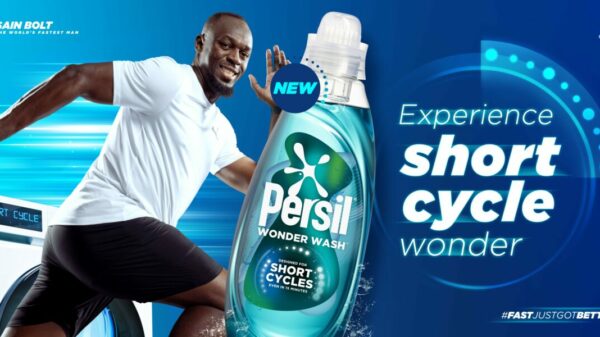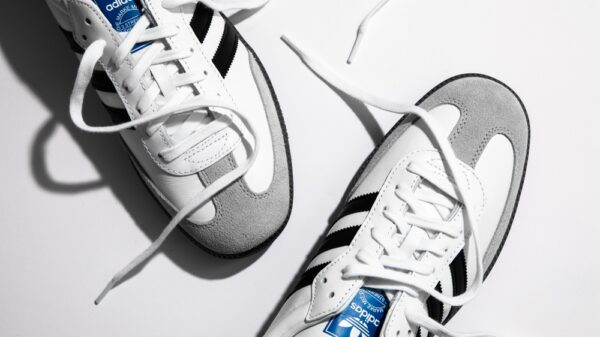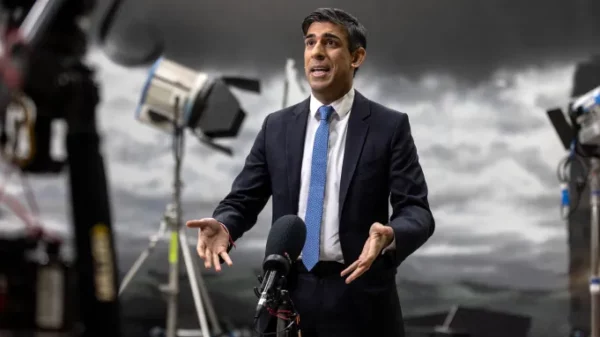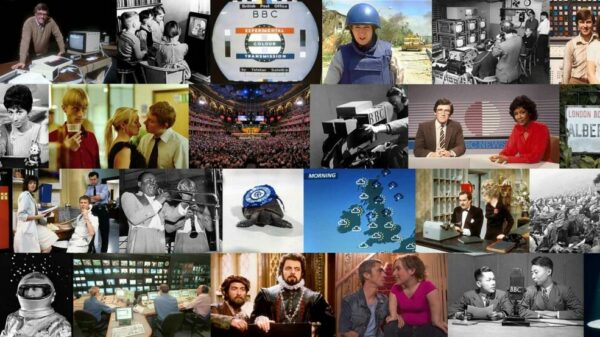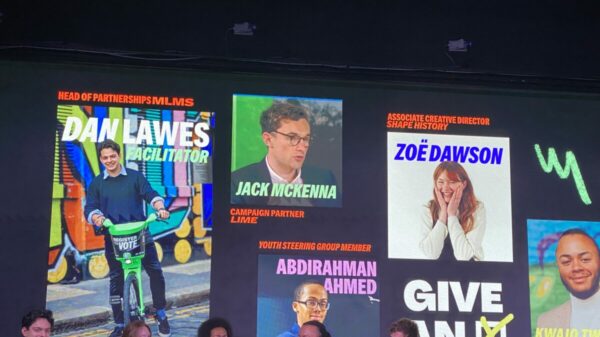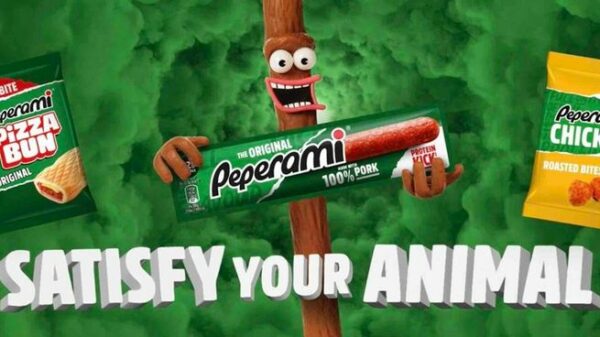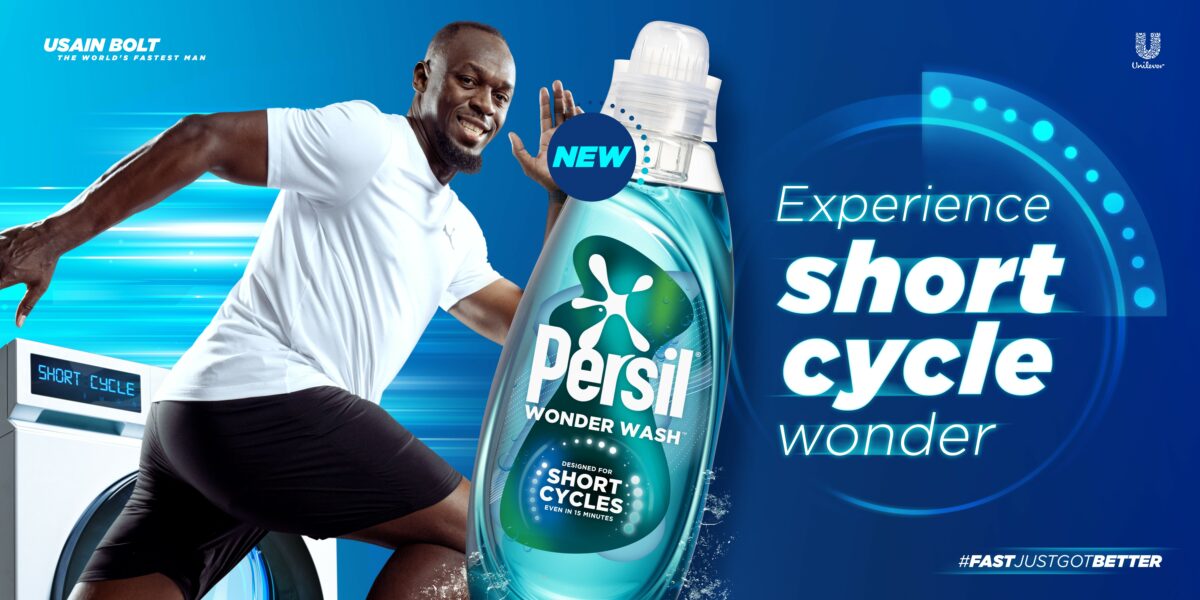With 363 million active users a day worldwide, Snapchat – once best known for its teen-friendly photo and video filters – is now a marketing behemoth which generated $4.1 billion revenue in 2021, a 63% increase on the year before.
Reaching around 75% of millennials and Gen Z in over 20 countries, Snapchat is an invaluable tool in many marketers artillery. It allows advertisers to speak directly to the ‘Snapchat Generation’, connecting with the audience and targeting their ads based on key viewer demographics including age, interests, behaviour and location.
By partnering with some of the world’s biggest brands – including MAC, Esteé Lauder and Gucci – Snapchat has been able to utilise its market-leading ‘try before they buy’ AR technology – it’s a far cry from dog-face filters.
“Our progression with AR has moved quite a lot in terms of the benefits of the marketing industry,” says Snapchat’s head of UK enterprise and business solutions, Fintan Gillespie
Snapchat, which launched in 2011, started with augmented reality as a single-day takeover product, which was designed for brand marketers to get huge engagement at scale, now features brands such as MAC, Prada, Puma, L’Oreal and YSL.
Gillespie says: “What’s interesting is when brands think about advertising on the platform, they think about a playful, fun place and that is the place to do so.
“We’ve come from a place of funny dog ears, teeth and rainbows to having some major brands on the platform.”
According to research by the company, 77% of people who use the platform are interested in using AR, with 92% of Gen Z being interested in AR shopping.
Subscribe to Marketing Beat for free
Sign up here to get the latest marketing campaigns sent straight to your inbox each morning
The importance of AR in marketing
According to Gillespie AR is “super important” to marketing, however, he believes it is also democratised. “Our progression with AR has moved quite a lot in terms of the benefits of the marketing industry,” he says.
The head of UK enterprise and business solutions claims that the social media platform is complementing traditional forms of media such as TV ads and newspapers.
“On Snapchat, we reach 90% of 13 to 24-year-olds and 75% of 13 to 34-year-olds capturing young millennials,” he says.
“So, that audience is extremely challenging to find in some offline areas, simply because they’ve grown up with the internet as their first paradigm.”
On marketing campaigns
“We are very much focused on how augmented reality can sort of have you just showcase the technology in meaningful ways,” Fintan speaks about its marketing campaigns.
“We have had some amazing campaigns over the past few months,” Gillespie highlights, “We have spoken about London Queer art as part of Pride Month, which was an idea that was born out of the technology we built.”
“As part of the campaign, we built every street in Central London and with Old Compton Street having so much history in terms of Gay Pride.”
The campaign, in partnership with V.O Curations, showcased the artwork and stories of six LGBTQ+ artists through AR.
The experience also transformed the sky into the rainbow colours of the Pride flag. However, the Pride campaign was not the only campaign that Snapchat used AR for.
In partnership with Kugali Media, the social media platform also launched a campaign entitled Hidden Black Stories following research unveiling that only 32% of Brits recognise famous historical black figures.
On the back of this, Snapchat launched a series of lenses that celebrates the achievements of people from the football, healthcare, and education sectors through AR statues. This partnership also brought to life a statue of Nelson Mandela to life.
“AR is all part of this kind of learning the world around you, which teaches you things about the world,” Gillespie adds.
On advertising on the platform and the changes
According to Gillespie, advertising on the platform has changed massively even before the six years he has been at the company and predicts many changes to be made in the future as consumers keep up with upcoming trends.
As Gillespie mentioned earlier the app moved from vomiting rainbows to using AR in some of its biggest campaigns.
“The augmented reality “try ons” are the perfect example of the upcoming trends. You can digitally try on something before you buy and get a feel for it on you personalised,” which is something he predicts will be a lot in the future.
He says: “As a company, we believe in terms of the future AR technology is here to stay, all the data speaks volumes and proves that it’s sort of win-win for the industry.
“Currently, we are starting to now see the biggest brands in retail and embrace this technology to not only power their marketing now and in the future,” he concludes.
